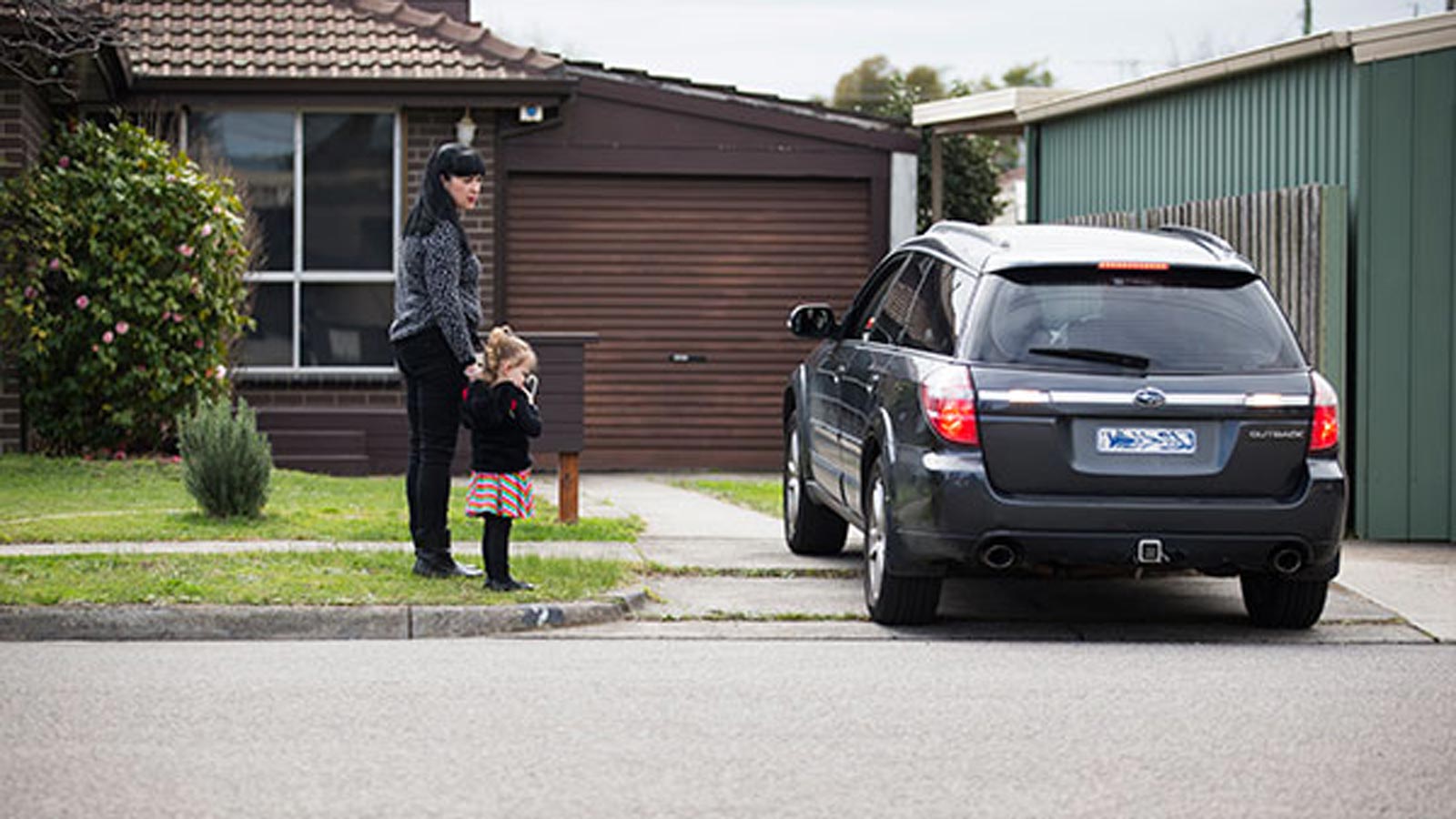Research shows that children under 12 years of age haven’t developed skills and experience needed to be safe in traffic, such as judging speed and distance or identifying the direction of traffic.
Children are at risk because:
- their size makes them hard to see
- they can be curious and impulsive, so may run into danger without realising
- they often don’t notice objects in their side vision unless they turn their head
- their hearing is not as developed.



